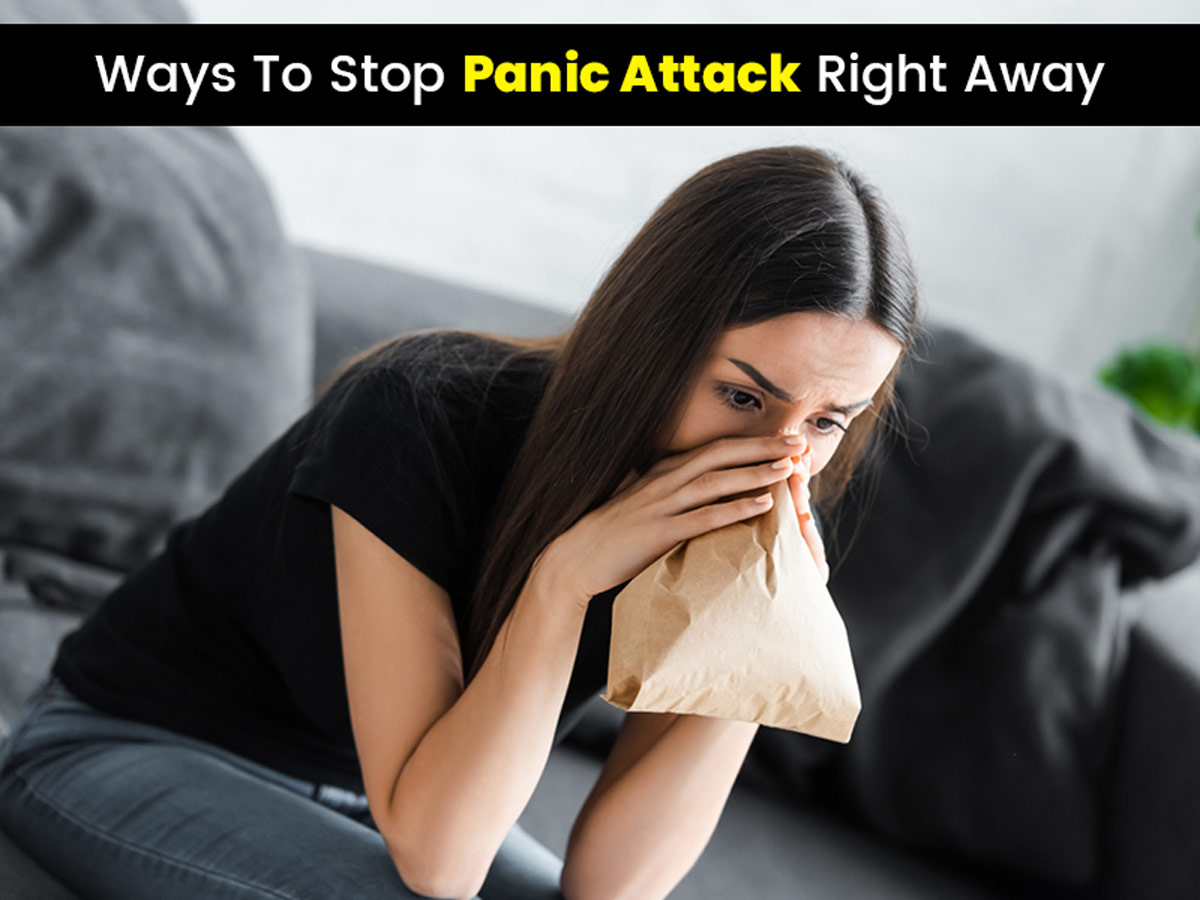
Understanding the Triggers of Panic Attacks and How to Reduce Their Frequency
Dealing with anxiety and panic attacks is not an easy task. It can oftentimes feel overwhelming and scary. Many factors can contribute to these feelings, including work stress, difficult relationships, or even financial hardships. But did you know that exercise can be an effective way to decrease anxiety and prevent panic attacks natural cure for panic attacks (prirodni lijek protiv napada panike).
Exercise is known to have several benefits for both physical and mental health. Along with better sleep and increased energy, research has shown that regular exercise can help reduce anxiety symptoms. In this blog post, we’ll explore the various types of exercises that can help reduce anxiety and prevent panic attacks.
1. Cardiovascular Exercises
Cardiovascular exercises are any exercises that get your heart and lungs pumping. Examples include running, biking, and swimming. These exercises can help reduce anxiety by releasing endorphins, which are chemicals that make you feel good. They can also help lower blood pressure and heart rate, which are often elevated during times of anxiety.
2. Yoga
Yoga is a mind-body exercise that combines physical postures, breathing techniques, and meditation. This combination works together to reduce stress and anxiety. In fact, research has shown that practicing yoga can reduce symptoms of anxiety and improve overall mood. If you’re new to yoga, there are several beginner-friendly poses and routines available online that you can try.
3. Strength Training
Strength training exercises, such as weightlifting or bodyweight exercises, can also help reduce anxiety. When you engage in strength training, your body releases endorphins, which can help improve your mood and reduce anxiety symptoms. In addition, strength training can help improve your confidence and self-esteem, which are often negatively affected by anxiety.
4. Outdoor Activities
Outdoor activities, such as hiking or gardening, can help reduce anxiety symptoms by giving you a break from your daily routine. These activities can help you disconnect from technology and spend time in nature, which has been shown to have a relaxing effect on the body and mind. Additionally, vitamin D from sunlight can help improve your mood and reduce symptoms of anxiety.
5. Mindfulness Practices
Mindfulness practices, such as meditation or deep breathing, can help reduce symptoms of anxiety by teaching you to become more aware and present in the moment. When you practice mindfulness, you learn to acknowledge your thoughts and feelings without judgment. This can be especially helpful during times of high anxiety or panic attacks.
Conclusion:
In conclusion, exercise can be an effective way to reduce anxiety symptoms and prevent panic attacks. By engaging in cardiovascular exercises, yoga, strength training, outdoor activities, and mindfulness practices, you can improve your mental health and overall wellbeing. So if you’re struggling with anxiety or panic attacks, consider adding exercise to your daily routine. Remember to always talk to your healthcare provider before beginning any new exercise program.